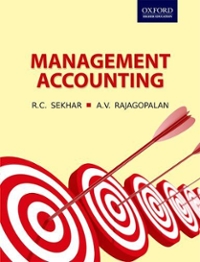
Question 1: The inventory of Ohio Company on December 31, 2017, consists of the following items Part Quantity |Cost per unit | Net Realizable Value per unit 110 600 $95 $100 111 1,000 60 52 112 500 80 76 113 200 170 180 120 400 205 208 121 1.600 16 122 300 240 235 Part No. 121 is obsolete and as a result has a realizable value of $1 each as scrap. Determine the inventory as of December 31, 2017, by the LCNRV method, applying this method to each item. b. Determine the inventory by the LCNRV method, applying the method to the total of the inventory c. Prepare journal entry required at December 31, 2017 assuming that inventory is recorded at LCNRV (individual item basis) and a perpetual inventory system. Question 2: On July 31, 2017, Amsterdam Company engaged Minsk Tooling Company to construct a special- purpose piece of factory machinery. Construction was begun immediately and was completed on November 30, 2017. To help finance construction, on July 31 Amsterdam issued a $80,000, 3 year, 1 1% notes payable, on which interest is payable each July 31. In addition, the company had outstanding all year a 8%, 3-year, $100,000 note payable and an 10%, 4-year, $150,000 note payable. Interests on both 8% and 10% note payables are payable cach December 31. Amsterdam made payments to Minsk of $240,000 on July 31 and $120,000 on October 1. a. Calculate weighted-average accumulated expenditures avoidable interest, and total interest cost to be capitalized during 2017. b. Prepare the journal entries needed on the books of Amsterdam Company at each of the following dates (July 31, October 1, and December 31). Question 3: J & J Furnace Corp. purchased machinery for $315,000 on May 1, 2017. It is estimated that it will have a useful life of 10 years, salvage value of $15,000, production of 240,000 units, and working hours of 25,000. During 2018, Seceda Corp. uses the machinery for 2,650 hours, and the machinery produces 25,500 units. From the information given, compute the depreciation charge for 2018 under each of the following methods (a) Straight-line (b) Units-of-output (c) Working hours (d) Declining-balance (e) Sum of the years' digits








